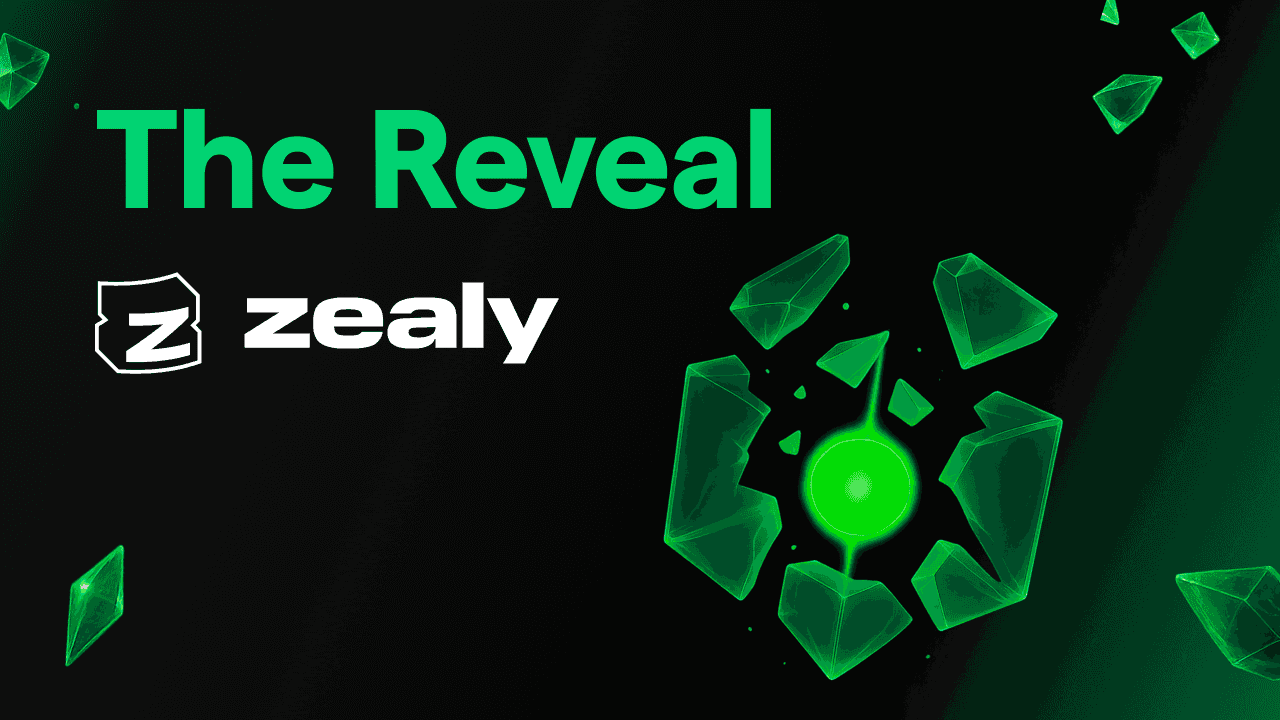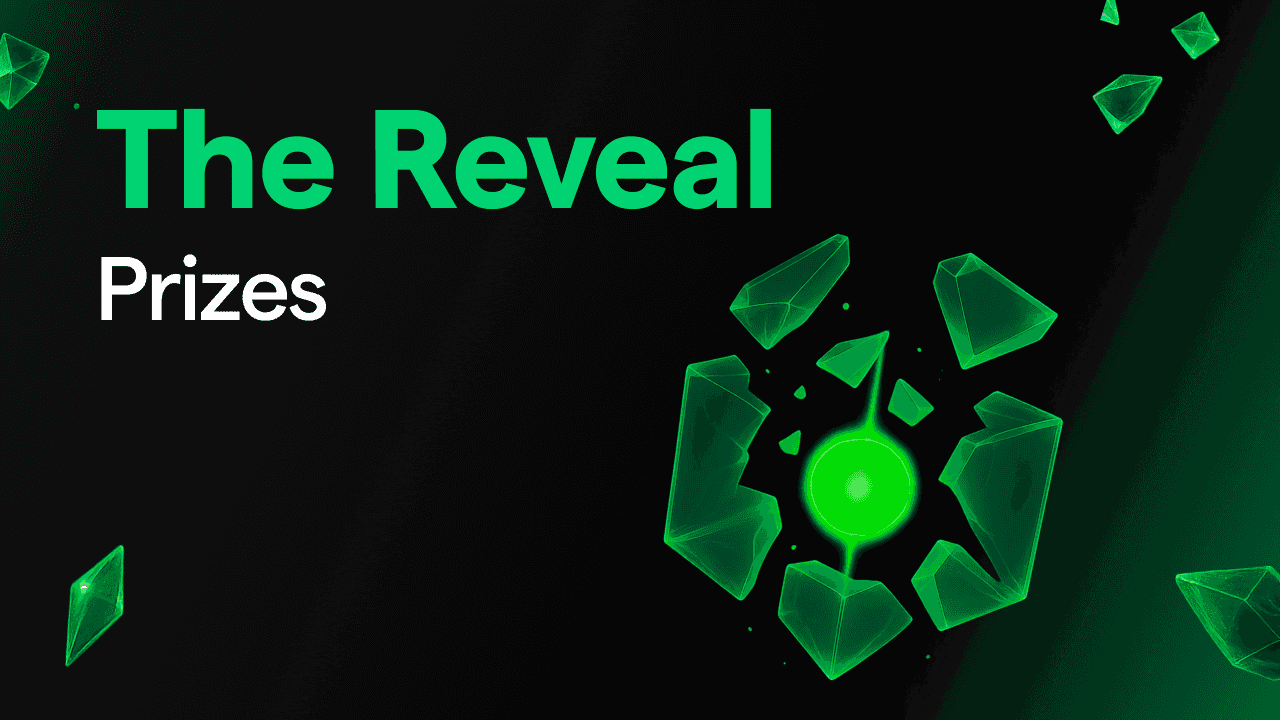
It’s official: the new Terra 2 chain will be released on the 27th of May! Find out everything about the new chain wanted by Do Kwon and how the LUNA 2.0 airdrop works
Do Kwon’s proposal passed: a new Terra is on the way. With 66 percent of votes in favour, the community voted in favour of the creation of a new chain. The old LUNAs will be called LUNA Classic (LUNC) and the migration will take place on the 27th of May, through an airdrop that will try to give back to the LUNAtics what they deserve. Find out all about the release of Terra 2, how LUNA 2.0’s airdrop works, and how to get it!
What is LUNA 2.0, the new chain proposal from Do Kwon
After the collapse of LUNA and UST, the crypto community found itself in dire straits. Terra’s founder, Do Kwon, came up with a proposal to create a new chain from nothing. The proposal in question, published on Terra’s Agora, received 66% positive votes despite the fact that some members of the Terra community spoke out against the idea.
Despite criticism from some users, Do Kwon has found support from the majority of the community in creating a fork of Terra. Terra 2 will not exactly be a ‘hard fork’ similar to Ethereum’s actions after the 2017 attack. Instead of “resetting” the blockchain to a time before the collapse (7th of May, in this case), Do Kwon will create a new blockchain from scratch, but without the UST algorithmic stablecoin.
With this fork, Terra’s founder wants to recreate the blockchain by eliminating the weak point that led the old chain to collapse, namely UST. Terra 2 will become a strong DeFi ecosystem with all the dapps already ready to be implemented.
How LUNA 2.0’s airdrop works
The airdrop of the new LUNAs will be gradual and will mainly reward those who held LUNA and UST before the collapse. Before launching the new chain, the developers will take a snapshot (at 8:59pm UK time on Thursday 26 May) of all tokens in the old chain and then distribute the new LUNAs on the updated version. The new LUNAs received will automatically be staked.
Do Kwon’s plan is for the new chain to start from a ‘virgin’ state, i.e. block 0, with a circulating amount of tokens equal to 1 billion. How does the airdrop of LUNA 2.0 work? The new tokens will be distributed in this way:
– 35% of the initial tokens will be divided among all LUNA holders before the crash. This means that as much as 350 million of the new LUNAs will be reserved for LUNAtics who purchased the tokens before 7 May, and held them even during the crash. Wallets with less than 10,000 LUNAs will get 30 per cent of their share immediately, and 70 per cent will be returned gradually over two years. Whales, on the other hand, will have worse conditions, and will get all the LUNA they are entitled to over four years.
– 15% of the LUNAs will be reserved for those who held aUST (i.e. USTs locked on Anchor Protocol) before the collapse. In this case, however, whales will have a maximum of 500,000 LUNA, to give priority to small UST holders.
– 15% of the initial tokens of the new chain will be reserved for those who bought USTs after the 7 May collapse.
– 10% of the new LUNAs will go to those who bought LUNAs after the collapse, and will be returned gradually over a period of two years.
– Finally, the remaining 30% will end up in the community pool, to support the effort of dapp developers and ensure that the new chain maintains its value as a DeFi ecosystem.
The system is quite complex but Do Kwon thinks this is the best way to compensate LUNAtics fairly and to recreate a functional and effective network in the DeFi landscape.
In the proposal, Terra’s founder writes that the LUNA airdrop will take into account all on-chain assets (including, for example, LUNAs in staking or those on some centralised exchanges), except for a few specific ones due to technical reasons. For example, USTs and LUNAs ‘transferred’ with a bridge to other blockchains will not be part of the airdrop unless they are returned to the original chain (e.g. Terra’s official wallet, Terra Station). LUNAs blocked in the most popular DeFi protocols will also be returned. For more information, please refer to Do Kwon’s official proposal, which is constantly being updated.
Criticisms for LUNA’s fork go beyond the community
The collapse of LUNA and UST has obviously divided the crypto community. Although many support Terra’s fork, not everyone believes that the airdrop of LUNA 2.0 is the best solution to repair the damage caused by the collapse. Criticism, especially on Twitter, abounds: but it is not only the users who oppose Do Kwon’s and the rest of the community’s decision.
Lido Finance, one of Ethereum’s most important liquid staking protocols, refused to support Terra 2.0. Lido’s DAO voted ‘no’ decisively, with 95 per cent voting. Less than 5% of the participants were in favour of bringing Lido Finance onto the new Terra chain.
Despite the fact that Lido Finance had a locked-in value of almost $10 billion on Terra before the collapse of LUNA and UST, the DAO practically rejected Do Kwon’s proposal. “We will think about it after the launch, first it is better to see if Terra 2.0 is a legitimate project and supported by the community. At the moment there are too many doubts about the new chain,’ wrote one of the users against Terra 2.0.
The 27th of May will be a date that will go down in history not only for Terra, but for the entire crypto world. Only one day to go until the decisive date: will airdrop be enough to win back the market’s favour?




